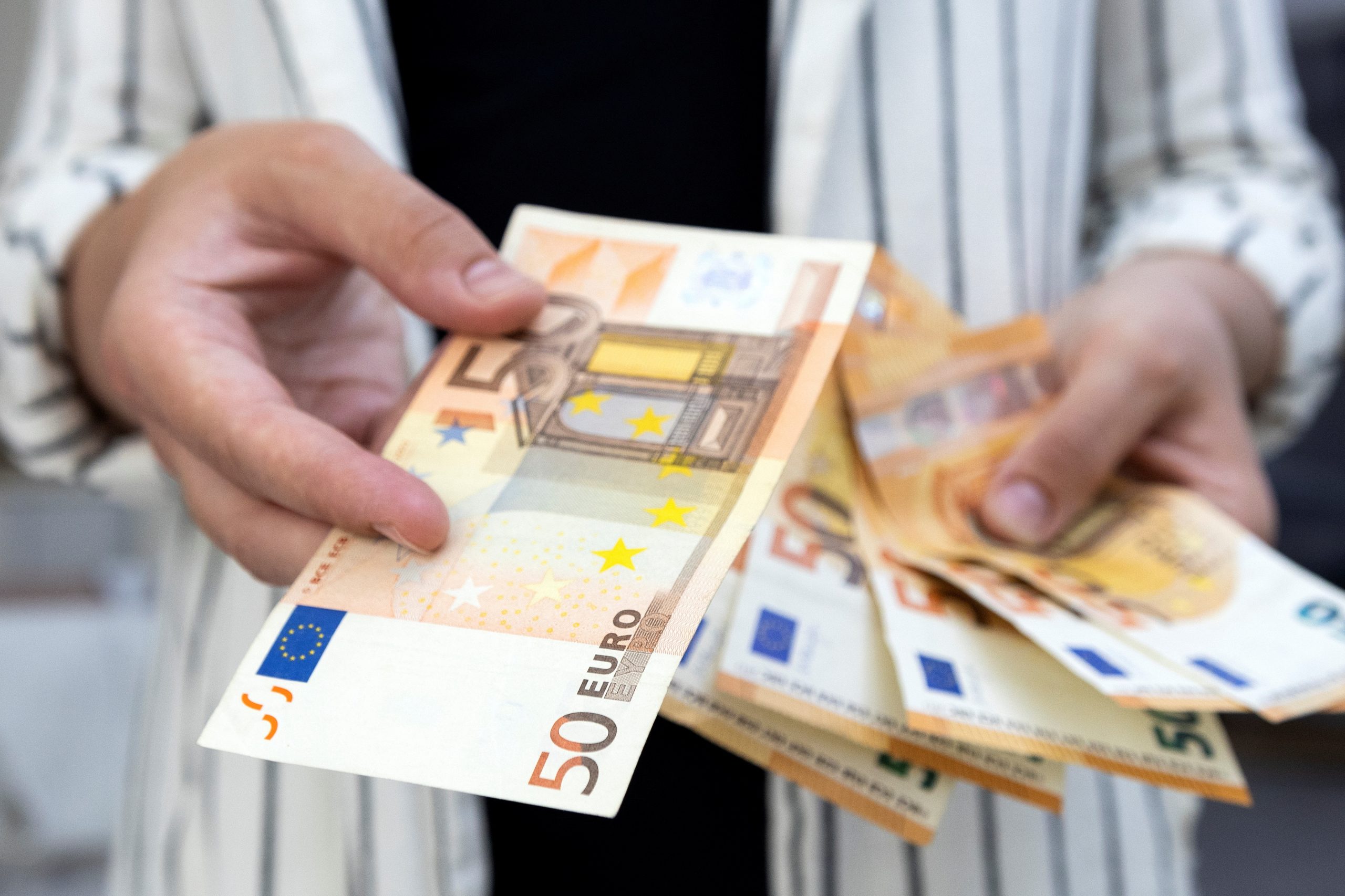Forex
Euro rate chart: the euro is not going into a trap

No matter how much FOMC officials try to convince investors of the Fed’s commitment to aggressive tightening of monetary policy, so far the financial markets are not taking the Central Bank’s bait. How has this affected the euro rate chart?
U.S. stock indices started rising again and hit a peak in the last two months. The reason for this is the expectation that the Fed will introduce new mechanisms to stop the fall. At the same time, there are no guarantees that the Fed will take drastic measures. Owing to the fact that the situation is ambiguous and nobody makes accurate forecasts, the EURUSD exchange rate constantly fluctuates in one direction. The pair cannot go beyond the consolidation range at 1.01-1.03.
USD to euro rate: what’s going on in the currency market?
Investors are hoping the report on the U.S. labor market in July will give some clarity. No one wants to get ahead of the curve before it is published. In such a situation in the past, one or several big players could provoke a false-break. Statistics were used to implement that idea. Now nobody wants to take risks. The Eurozone data does not lead to serious fluctuations in EURUSD.
In particular, the fact that German manufacturing orders have been declining for the fifth month in a row might have dealt a blow to the euro. However, the bulls in the main currency pair found it positive: in fact the index fell by 0.4% m/m against a forecast of -0.9%.
Meanwhile, consumer expectations for future inflation remain at elevated levels in the eurozone. Respondents expect gross domestic product to contract by 1.3% over the year and unemployment to rise to 11.5%. This is in stark contrast to the central bank’s forecasts. It does not expect a recession and sees the unemployment rate at 7% through 2024.
FOMC officials are 100% convinced that if monetary policy is tightened, the markets will start to fall. But this is a natural phenomenon. No one has canceled the market cycle. It’s a pattern. So we should not expect domestic consumption to decline and inflation to come to a complete halt.

 Forex3 years ago
Forex3 years agoForex Today: the dollar is gaining strength amid gloomy sentiment at the start of the Fed’s week

 Forex3 years ago
Forex3 years agoUnbiased review of Pocket Option broker

 Forex3 years ago
Forex3 years agoDollar to pound sterling exchange rate today: Pound plummeted to its lowest since 1985

 Forex3 years ago
Forex3 years agoHow is the Australian dollar doing today?

 Cryptocurrency3 years ago
Cryptocurrency3 years agoWhat happened in the crypto market – current events today

 World3 years ago
World3 years agoWhy are modern video games an art form?

 Commodities3 years ago
Commodities3 years agoCopper continues to fall in price on expectations of lower demand in China

 Economy3 years ago
Economy3 years agoCrude oil tankers double in price due to EU anti-Russian sanctions























